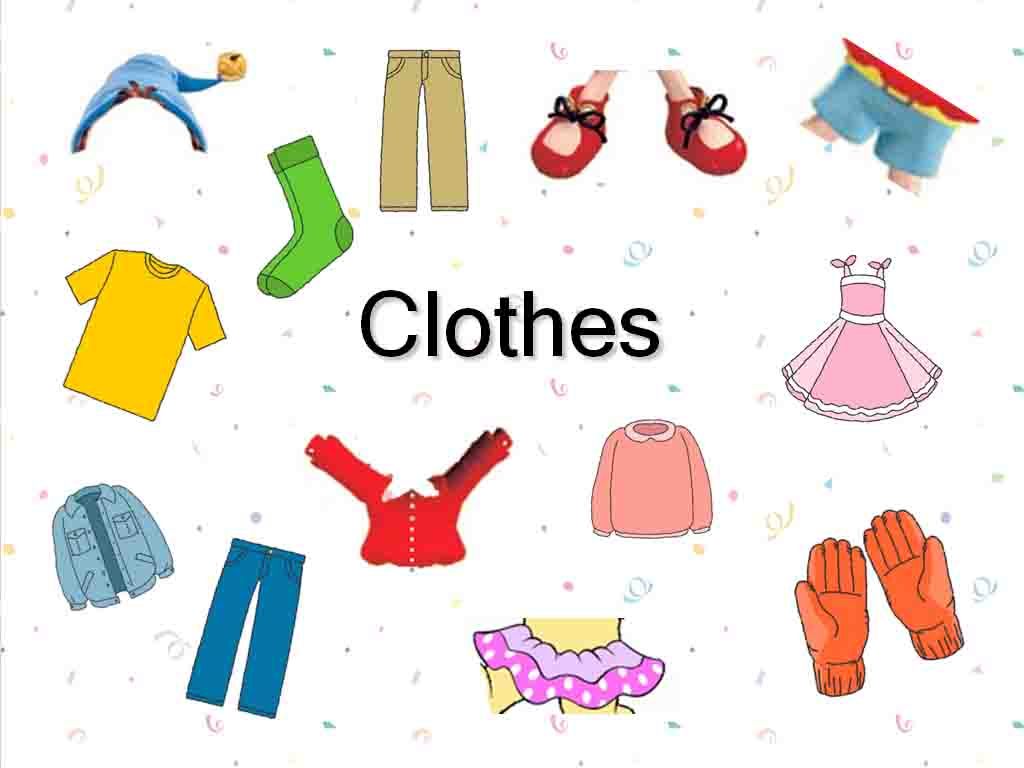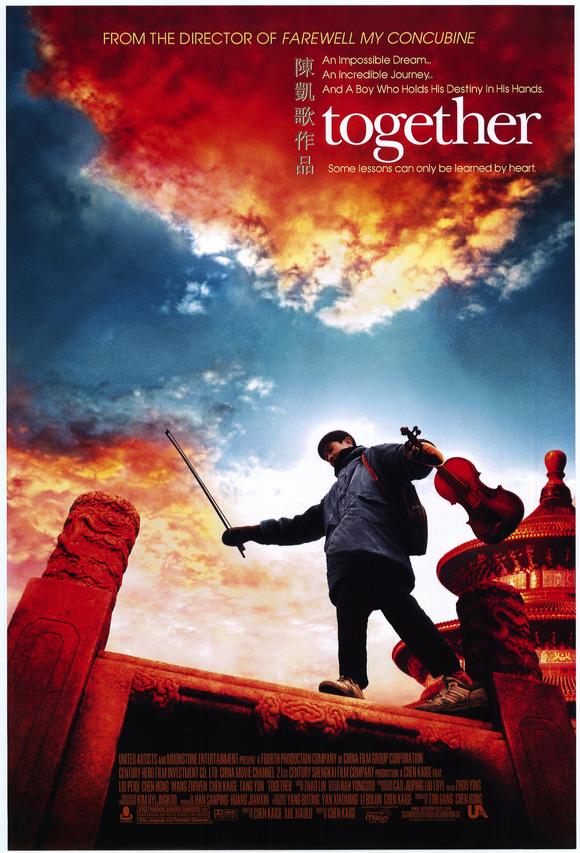UNIT 14 VOCABULARY
A note for the vocabulary: mǎi and mài are very different, although they have the same letters! Tone marks, and more importantly the pronunciations that they represent, are crucial when speaking Chinese aloud.
UNIT 14 SENTENCES
你爸爸今天穿什么?
What is your dad wearing today?
爸爸今天穿西装。他穿黑色的西装。
Dad is wearing a suit today. He is wearing a black suit.
你妈妈今天穿什么?
What is your mom wearing today?
妈妈今天穿红色的上衣,红色的裙子。
Mom is wearing a red top, a red skirt.
弟弟穿白色的上衣,咖啡色的裤子。
Little brother is wearing a white top, brown pants.
哥哥穿白色的上衣和蓝色的短裤。
Older brother is wearing a white top, blue shorts.
我今天穿白色的上衣,黑色的短裤, 和黑色的鞋子。
Today I am wearing a white top, black shorts, and black shoes.
姐姐穿黄色的上衣,白色的裙子,和红色的鞋子。
Older sister is wearing a yellow top, white shorts, and red shoes.
妹妹也穿黄色的上衣,妹妹不穿白色的裙子,她穿绿色的裙子。
Little sister is also wearing a yellow top, little sister is not wearing a white skirt, she is wearing a green skirt.
UNIT 14 GRAMMAR
This week's unit involves the most measure words yet! Measure words do not exist in the English language. However, in Chinese, they are used very often between a number and a noun. Different measure words are used for different nouns. Here are some examples:
个 (gè) is a measure word used with people
- 我的家有五个人。= My family has 5 people.
本 (běn) is a measure word used with books
- 你有不有三本书?= You have or do not have 3 books?
件 (jiàn) is a measure word used with clothing
- 我今天买四件上衣。= Today I am buying 4 shirts.
条 (tiáo) is a measure word used with "long skinny things" like pants, noodles, french fries, etc.
- 他卖两条裤子。= He is selling 2 [pairs of] pants.
Measure Word Formula:
adjective (#) + measure word + noun
UNIT 14 CULTURE
This week we watched a film called Together about a boy named Xiaochun who moves to Beijing with his father in order to fulfill his musical dreams. It was a particularly interesting film because it was the total opposite of the classic "American Dream" stories that we are so accustomed to. For example, in American movies, the protagonist almost always comes out on top. However, Together had a more realistic point of view. Without spoiling too much, Xiaochun must decide between fame and fortune or love and poverty. The choice he makes and the steps leading up to it provide some subtle, yet profound, insight on the instincts and motives on which modern humans act. Lastly, it is important to note that this movie is also viewed by the Chinese government as a paragon of Communism, because the protagonist decides against being alone at the top in order to share his love and his music with his poor community.
UNIT 14 STUDY RESOURCES
This webpage has great and extremely organized information about measure words! It includes a list of many Chinese measure words, their characters and pinyin, as well as the type of nouns that generally accompany them.
As always, videos that review the vocabulary words and their pronunciations, such as this one, are very helpful! I found this YouTube channel to be particularly informative with well-organized videos.












